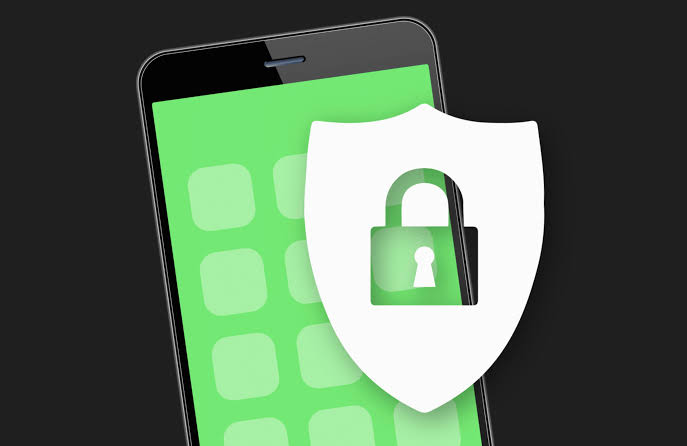How to Keep Your Smartphone Secure
In today’s fast-paced, tech-centred world, we use our smartphones for just about every task imaginable. A mobile device allows us to access our email accounts, pay bills online, book theatre tickets, keep an updated calendar, and control every smart gadget within our homes. The smartphone has become an invaluable piece of tech, so if it should somehow fall into the wrong hands or get hacked, it could spell disaster. Ensuring that your smartphone is secure is a no-brainer, but we’re often surprised about how lax some people are about phone security. If you fall into this category, you need to pull your socks up, and we’re here to help you do so.

Lock Your Home Screen
The most basic form of protection for your smartphone is the home screen lock function. It’s simple to set up and it only takes a second to unlock your screen whenever you need to use your device. But the number of people that don’t bother to set up the lock function is astounding. Without a lock, you are basically inviting people into your personal accounts. It could be your Interac casino account (click here for more info), or it could be you be your email account, or your social media account. Lock your home screen because it is your first line of defence.
Avoid Using Public Ports to Charge Your Phone
It may surprise you to learn that every time you charge your phone via a public port, like an airport or shopping centre, you are leaving yourself wide open to a possible security breach. Public ports transmit data, so if the port has been hacked, the hacker can easily gain access to your personal and financial data. If you’re planning to be away from home for a long period of time and there is a chance that your battery will die, we suggest taking a portable power bank with you on your travels. A portable power bank is not an expensive item, but its worth its weight in gold.
Use Two-Factor Authentication
You’ve probably used two-factor authentication to authorise an online payment, or to change a password, or even to log in to an e-wallet account. But did you know that you can also set up two-factor authentication on your smartphone, and it’s particularly useful when attached to your email account. Every time you open your email account via your mobile, you’ll receive a text message with an authentication code. If someone is trying to access your account from a remote position, they will find their way blocked because they won’t be able to see the authentication code.
Update Your Phone’s Software Regularly
Your smartphone needs to be regularly updated in order to stay on top of malware. An update also protects you against a security breach because it is much easier to hack into a device that is using older version software. It may seem like an unnecessary chore but taking the time to allow your device to instal updates every time they’re due will help keep your smartphone safe. You can even set up a time for the update that doesn’t interfere with your daily life.
Use a VPN
Using public WIFI comes with risks, especially if you’re making online payments. The best way to keep your data protected when you’re using public WIFI is by using a VPN. A VPN (Virtual Private Network) will mask your IP address and provide you with a temporary one while you’re using the net. Basically, this means that your real identity will be hidden from every website you visit. While using the VPN, your online activity will be encrypted, making it much harder for a hacker to steal your data. Use a VPN.
Don’t Leave Your Device Lying Around
This may sound facetious, but we’re deadly serious. We have all become much too relaxed with our smartphones. We leave them on our car’s dashboard, or in a public restroom, or on the bar in a busy nightclub. We leave them just lying around while we’re busy chatting, or even when we get up from a restaurant table to go to the bathroom. If you want your device to stay safe, keep it on your person and out of sight.




